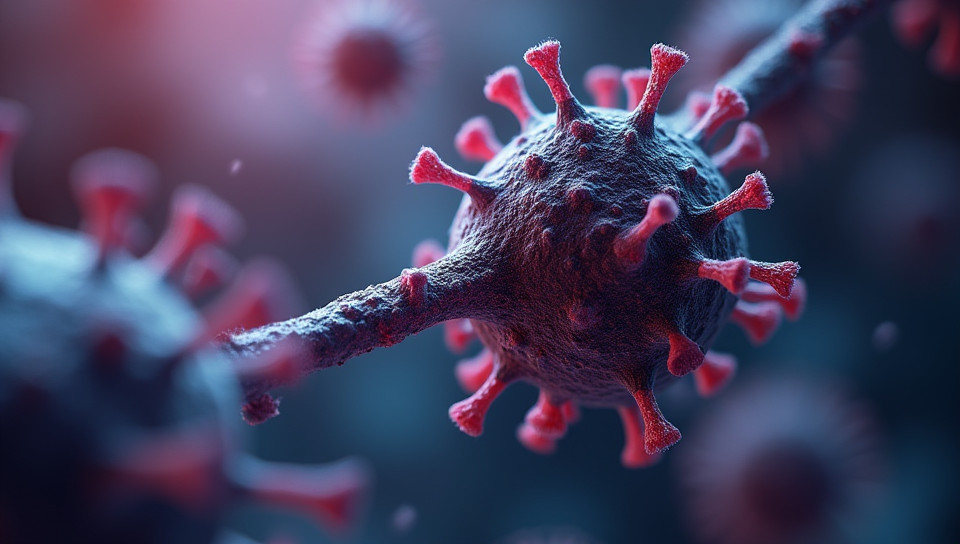Gene editing with CRISPR can cause cancer mutations 64%

The Dark Side of Gene Editing: How CRISPR Can Fuel Cancer
Gene editing has been hailed as one of the most significant scientific breakthroughs of our time, offering unprecedented precision in manipulating DNA sequences. The CRISPR-Cas9 system, in particular, has revolutionized the field by making it possible to edit genes with unprecedented ease and accuracy. However, a growing body of research suggests that gene editing with CRISPR may have an unintended consequence: fueling cancer mutations.
What is CRISPR?
CRISPR (Clustered Regularly Interspaced Short Palindromic Repeats) is a naturally occurring defense mechanism found in bacteria. It allows them to recognize and destroy invading viruses by cutting their DNA at specific points. Scientists have repurposed this mechanism for gene editing, using an enzyme called Cas9 to cut DNA sequences and edit genes.
The Risks of CRISPR-Mediated Gene Editing
While CRISPR has shown tremendous promise in treating genetic diseases, there are concerns that it may also introduce unintended mutations that can lead to cancer. Here are some potential risks:
- Off-target effects: CRISPR's precision is not always perfect, and the enzyme can sometimes cut DNA at unintended locations.
- Mosaicism: When CRISPR is used to edit genes in cells, it can create a mixture of edited and unedited cells, which can lead to uneven gene expression.
- Insertional mutagenesis: The process of introducing new genetic material into a cell can also introduce mutations that can contribute to cancer.
The Connection Between Gene Editing and Cancer
Cancer is often the result of accumulated genetic mutations that disrupt normal cellular function. While CRISPR is designed to make precise edits, there is growing evidence that it may sometimes introduce mutations that contribute to cancer development.
- A 2019 study published in the journal Science found that CRISPR-mediated gene editing can lead to chromosomal instability, which can increase the risk of cancer.
- Another study published in the journal Nature Communications found that CRISPR can introduce insertional mutations that can disrupt tumor suppressor genes and contribute to cancer development.
Conclusion
While CRISPR holds tremendous promise for treating genetic diseases, it is essential to acknowledge its potential risks. The connection between gene editing and cancer is complex and multifaceted, and more research is needed to fully understand the implications of using CRISPR in a clinical setting. As scientists continue to develop new technologies and refine existing ones, it is crucial that we prioritize caution and careful consideration to avoid exacerbating the very problem we aim to solve: cancer. By acknowledging the potential risks of CRISPR-mediated gene editing, we can work towards creating a safer and more effective approach to treating genetic diseases.
- Created by: John Jackson
- Created at: Jan. 13, 2025, 6:17 p.m.
- ID: 17816









